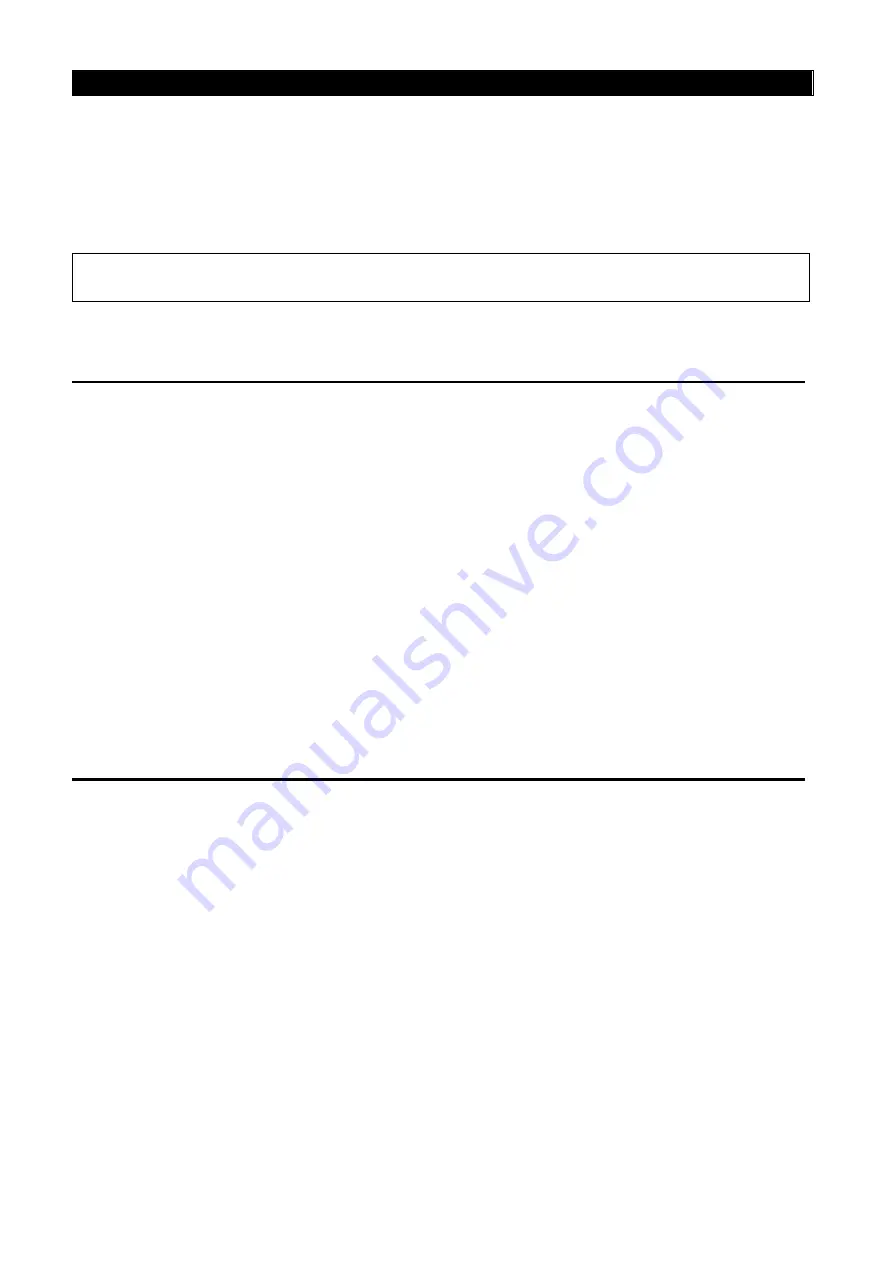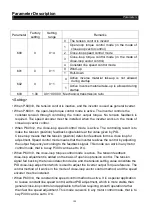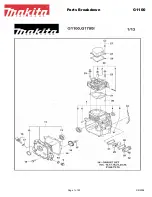
Maintenance and Inspection
Maintenance and Inspection
194
6. Inspection and Maintenance
In order to avoid malfunction and security problems resulting from device aging caused by
environmental factors such as temperature, oil fog, dust, vibration, humidity and etc., “daily
inspection” and “periodical inspection” are necessary.
Note: The installation, wire arrangement, dismounting, and maintenance can only be done by qualified
electricians.
6.1 Daily Inspection
1. Check whether the surrounding conditions are normal (including temperature, humidity,
dust density, etc.) at the place of the installation.
2. Check whether the power supply voltage is normal (the voltage between R/L1, S/L2 and
T/L3).
3. Check whether the wiring is secured (whether the external wiring for the main-circuit board
and the control-board terminal are secured).
4. Check whether the cooling system is normal (whether there’s any abnormal noise during
the operation and whether the wiring is well secured).
5. Check whether the indicator lamp is normal (whether the indicator lamp of the control
board and of the operation panel and the LED monitor of the operation panel are normal).
6. Check whether the operation is as expected.
7. Check whether there is any abnormal vibration, noise or odor during the operation.
8. Check whether there is any leakage from the filter capacitor.
6.2 Periodical Inspection (During Machine Shutdown) Items
1. Check the connectors and wiring (whether the connectors and wiring between the
main-circuit board and control board are secured and without damage).
2. Check whether the components on the main-circuit board and the control board are
overheated.
3. Check whether the electrolytic capacitors on the main-circuit board and control board
have leakage.
4. Check the IGBT module on the main-circuit board.
5. Clean the dust and foreign substance on the circuit board.
6. Check the insulation resistor.
7. Check whether the cooling system is normal (whether the wiring is secured; clean the air
filter, etc.)
8. Check the screws and belts.
9. Check the external wires and the terminal banks for damage.
















































